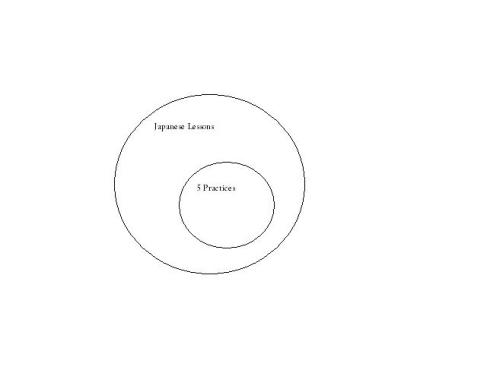If you do not know what the 5 practices for orchestrating math discussion are then begin here, otherwise skip this paragraph: There are five main practices for orchestrating math discussion and they are 1) anticipating student responses, 2) monitoring student work, 3) selecting which student work should be discussed among the entire class, 4) ordering which student work will be discussed first second and so on, and 5) connecting how the different student work fits together with the main lesson and with each other.
After reading about Japanese math lessons in The Teaching Gap I have found that the 5 practices for orchestrating math discussion are used in most lessons. Teachers everywhere monitor students work and often begin a class discussion. But in Japan they complete the most important parts of selecting specific students to present and order these presentations and discussion in a meaningful order. The part of class discussion that is the most difficult to do is the selecting ordering and connecting practices and according to TIMSS the Japanese teachers do this very well.
Perhaps the easiest way to describe the relationship between Japanese lessons and the 5 practices is through a Venn Diagram. Here is a poor looking Venn Diagram of there relationship.
As you can see, the 5 practices are a subset of Japanese Lessons because while the lessons do a lot more than just math discussions, when they do, they incorporate all five practices on a regular basis. In fact, the students seem to be so used to discussion done this way that it seems natural for the whole class.